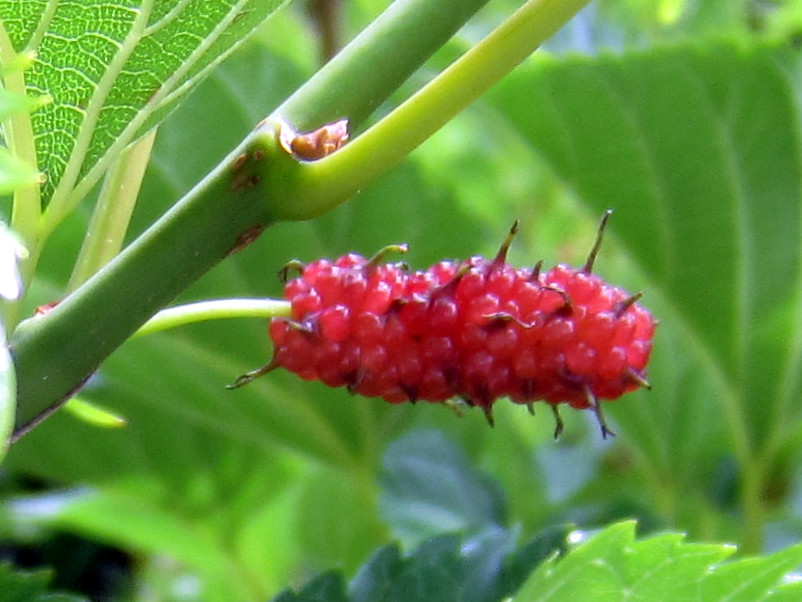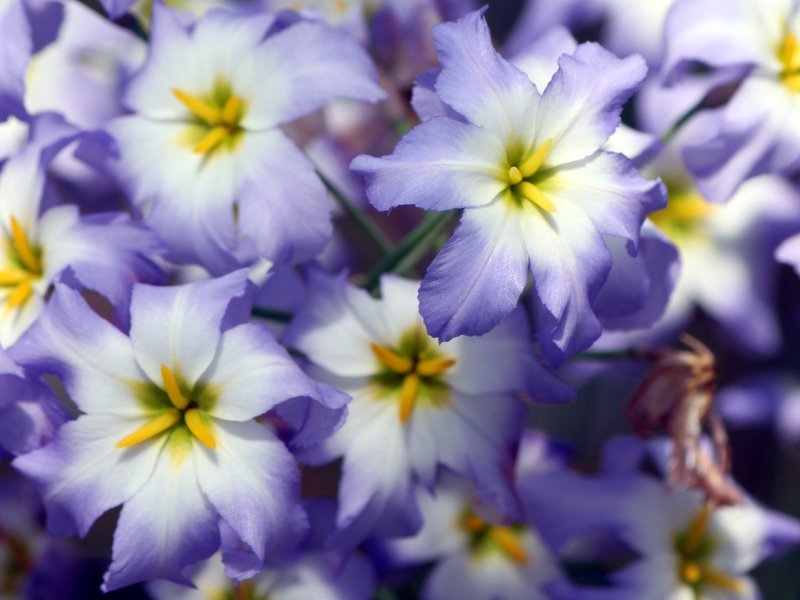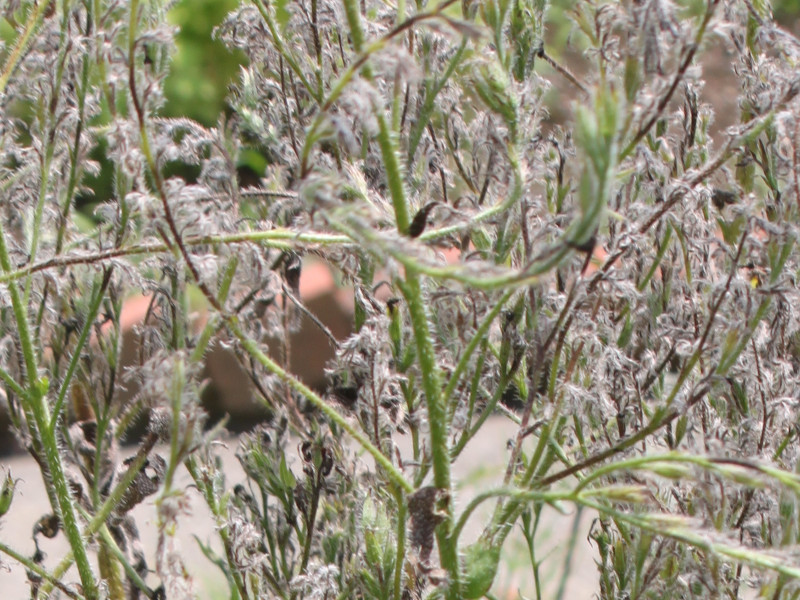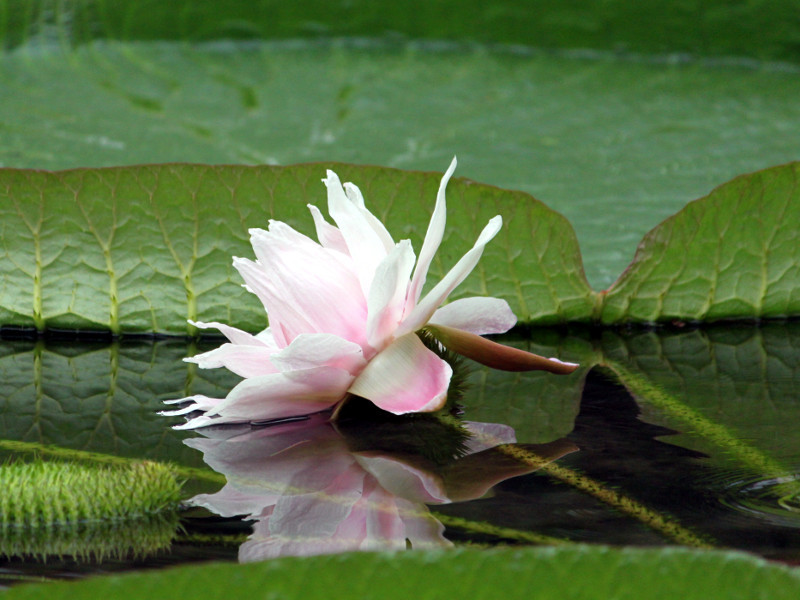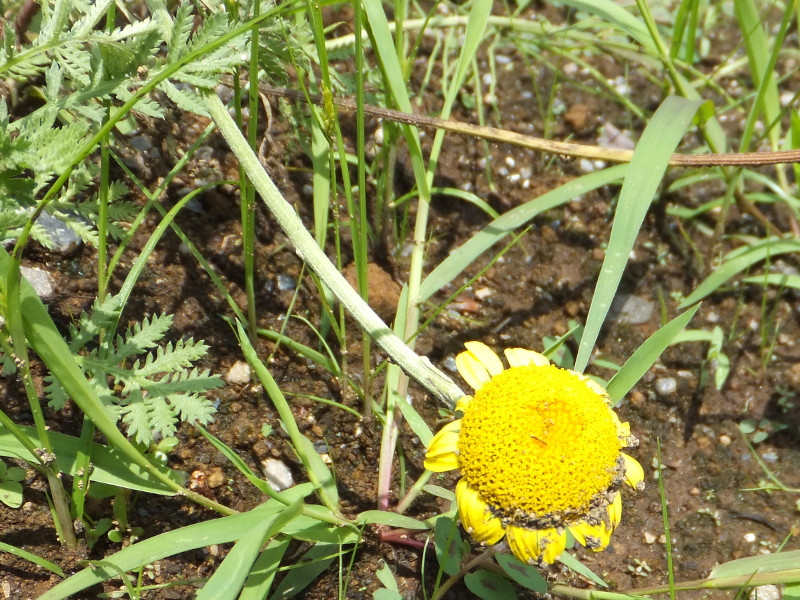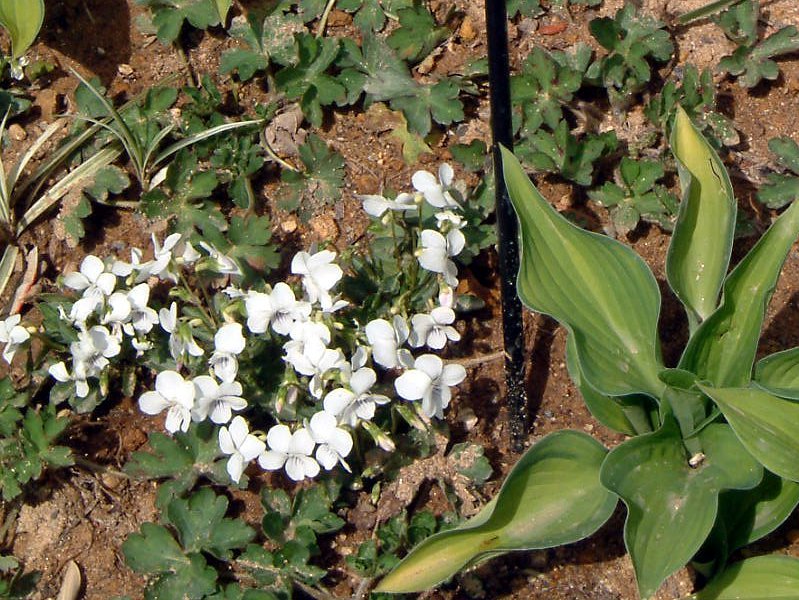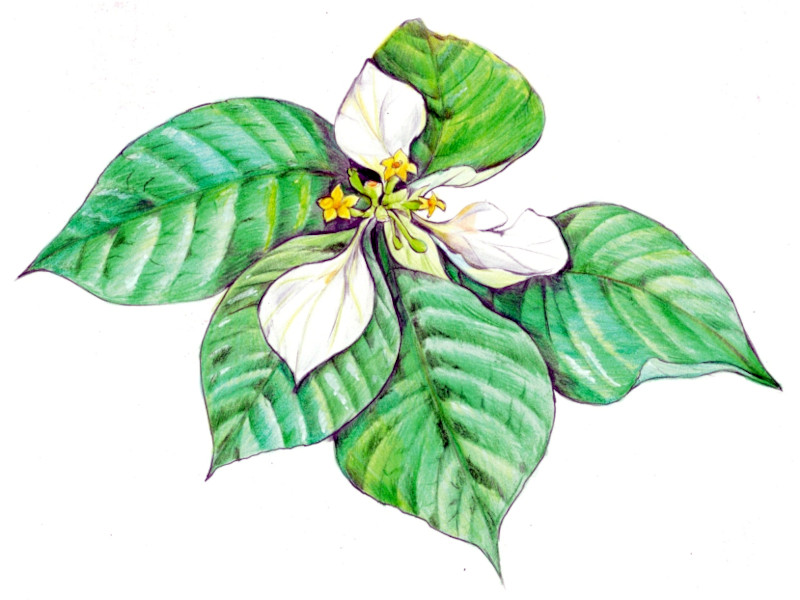Morus alba
- Flower nameMorus alba
- Scientific nameMorus alba
- Aliasマルベリー, Mulberry, 桑, kuwa, クワ, 真桑
- Place of originChina
- Place of floweringGarden, Field
- Flowering seasonApril
What is Morus alba
Morus alba, scientific name:Morus australis, is a deciduous tree of the deparment moraceae , of morus genus native to East Asian, Southeast Asian and Himalayan. It is a tree comes out in Japan's "scorch". It was planted in the field for feeding silkworms, however seen so much now. Has gray bark, leaves are oval in shape and shiny are thinner, have serrated leaf edge. In the dioecious, bloom spikes in the spring, the male and female spherical. Consisting of flowers after the fruit is eaten. Wood has a hard, deep yellow.Shoots the feeding of silkworms, material stringed instruments such as the Biwa and Shamisen, Rhizome herbal, fruit in mulberry raw food and wine, and feed the birds.
Common name:Morus alba, scientific name: Morus alba, origin:China,Habitat: Nationwide, Environmental conditions: Mountainous areas, Fields, Lifestyle: Deciduous, Tree height: 10-20 m, Bark color: grayish brown with longitudinal stripes, Leaf color: yellowish green, Leaf blade: 5-15 cm, Leaf texture: glossy, Leaf thickness: thin, Leaf margin: serrate, Leaf shape: elliptic Leaf shape: elliptic or 3-5 lobes; inflorescence: alternate; dioecious; flowering season: April; inflorescence: caudate; male flower length: 2-3.5 cm; female flower length: 1-2 cm; female inflorescence color: white filiform; fruit length: 1-1.5 cm; fruiting season: May; fruit type: liquid fruit; fruit color: green to red to black; material: hard, deep yellow; uses: leaves for silkworm food, fruits for food (not so sweet) Note: Pollinosis.
